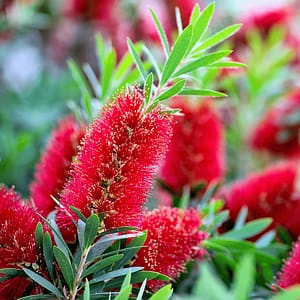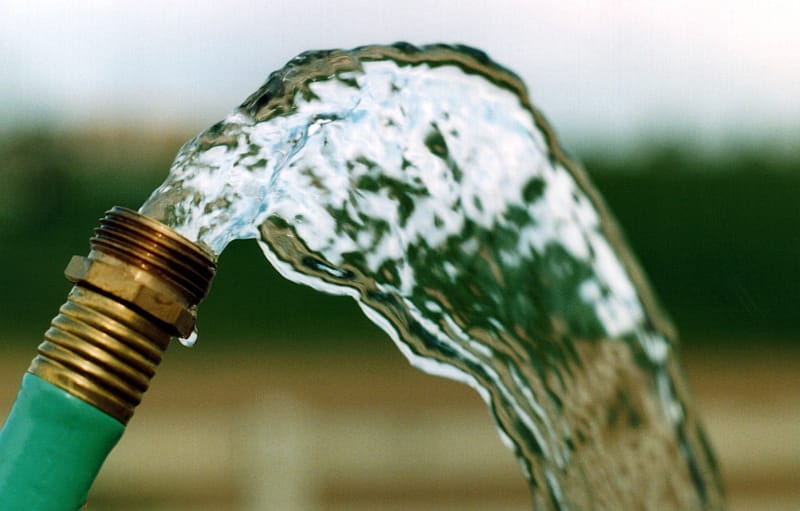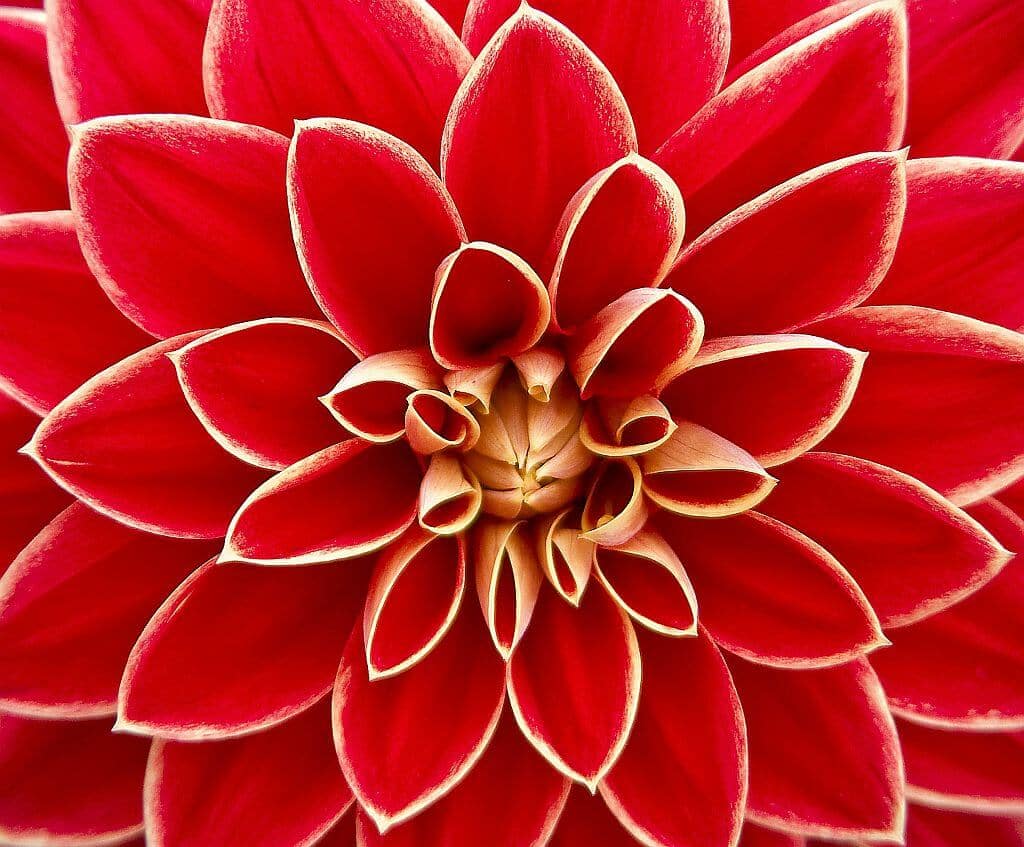This post may contain affiliate links. As an Amazon Associate we earn from qualifying purchases.
If you’re looking for a plant that will not only add a pop of vivid color to the garden but attract pollinators as well, consider the bottlebrush, formally known as Callistemon, and learn all about bottlebrush plant care.
Origin and hardiness zones
The bottlebrush plant hails from the Australian continent, where it has adapted to a variety of conditions.
It does really well in the more temperate regions, such as Victoria and New South Wales, but its popularity worldwide proves that it can flourish in a number of environments.
In the United States, bottlebrush plants are well-suited to USDA hardiness zones 8 through 11. Find your growing zone here. This means they can thrive in areas with mild winters, making them perfect for gardens in the southern, southwestern and coastal regions of the country.

Is the bottlebrush a perennial or annual?
The bottlebrush plant is an evergreen (it keeps its leaves all year) perennial, meaning it lives for more than two years. Gardeners who choose to plant bottlebrushes can enjoy their beautiful blooms year after year with the proper care and maintenance.
Sunlight needs
One of the most important aspects of bottlebrush plant care is finding that just-right spot in the garden. Bottlebrush plants are sun-loving and perform best when planted in full sunlight. They require at least six hours of direct sunlight each day to thrive and produce their iconic flowers.
While they can tolerate partial shade, their flowering may be reduced, and their growth may become less vigorous in such conditions.
How much water does a bottlebrush plant need?
Although bottlebrush plants are relatively drought-tolerant once established, they do appreciate regular watering, especially during their first year of growth. It’s important to keep the soil consistently moist but not waterlogged.
Deep watering once a week is usually sufficient, but during particularly hot or dry spells, they may require more frequent watering. A very thick layer of mulch around the base of the plant can help retain moisture and regulate soil temperature.
Fertilizer needs
Bottlebrush plants can benefit from an occasional dose of fertilizer, particularly in poorer soils. If you can, please, please, please perform a soil test. This is the only way to truly know what, if anything, your soil is deficient in.
Barring that, use a balanced fertilizer. Balanced means that all three numbers on the bag (the NPK) are the same. Such as 10-10-10. Apply it according to the product’s instructions. An early spring boost helps the plant get a good start for the growing season ahead. If you haven’t used Jack’s before, give it a try.
Fertilizing once or twice a year is generally enough. Over-fertilizing can lead to excessive foliage growth at the expense of flowers, so it’s important to follow the recommended guidelines on the fertilizer packaging.

Pests to watch out for
While bottlebrush plants are relatively resistant to many common pests, they are not entirely immune. Aphids, scale insects, and spider mites can occasionally infest bottlebrush plants.
Regular inspection of the plants, especially the undersides of leaves, can help detect these pests early. If an infestation occurs, insecticidal soap or neem oil can be effective treatments.
Common diseases of bottlebrush plants
Bottlebrush plants are generally disease-resistant, but they can be susceptible to root rot if planted in poorly draining soil. Ensuring good soil drainage and avoiding overwatering can help prevent this issue.
Occasionally, they may also suffer from leaf spot or powdery mildew, particularly in humid conditions. Proper spacing, good air circulation, and avoiding overhead watering can minimize these problems.
 Toxicity to pets
Toxicity to pets
One of the appealing aspects of bottlebrush plants is that they are non-toxic to pets. Gardeners with cats, dogs, or other animals can rest assured that their furry friends can safely roam around these plants without the risk of poisoning.
Does bottlebrush bloom all summer?
Bottlebrush plants typically bloom in late spring to early summer. While they don’t bloom all summer, some varieties may have a second, smaller bloom in the fall.
Using best practices for bottlebrush plant care can help extend the blooming period. This includes removing dead flowers to encourage new ones.
Your next question is most likely “How long do bottle brush flowers last?”
Several weeks.
Is the bottlebrush plant invasive?
In their native habitat, bottlebrush plants are well-integrated into the ecosystem. However, in some regions outside of Australia, they have the potential to become invasive.
It’s important for gardeners to check with local agricultural extensions or gardening experts to ensure that planting bottlebrush will not negatively impact local ecosystems. Look up your county’s cooperative extension office’s contact information here.

Disadvantages of growing bottlebrush plants
While bottlebrush plants offer numerous benefits, there are a few disadvantages to consider. Their roots can be invasive, potentially causing issues with nearby structures or other plants.
Additionally, their spent flowers can be messy, requiring regular cleanup. Lastly, in colder climates, bottlebrush plants may need protection from frost, which can add to the maintenance requirements.
Propagating bottlebrush by cuttings
Propagating bottlebrush plants through cuttings is a pretty straightforward process, but not always successful. To propagate by cuttings, follow these steps:
- In late spring or early summer, select a healthy, semi-hardwood stem from the parent plant.
- Using sharp, sterilized pruning shears, cut a 6 to 8-inch section of the stem just below a node (where a leaf attaches to the stem).
- Remove the lower leaves from the cutting, leaving a few leaves at the top.
- Dip the cut end of the stem in water and then in rooting hormone to encourage root development.
- Plant the cutting in a pot filled with a well-draining potting mix.
- Water the cutting thoroughly and cover it with a plastic bag or a humidity dome to create a humid environment. Avoid rot by making sure the plastic doesn’t touch the cutting.
- Place the pot in a warm, bright location but out of direct sunlight.
- Check the cutting regularly, keeping the soil moist but not soggy.
- After a few weeks, the cutting should develop roots. You can check by gently tugging on the stem; if you feel resistance, roots have formed.
- Once the cutting has established roots, gradually acclimate it to outdoor conditions before transplanting it into the garden.
Little known facts about Callistemon
Bottlebrush plants have some interesting features that many gardeners might not be aware of. For instance, they have adapted to withstand wildfires in their native Australia.
The thick, woody seed capsules of some species can remain on the plant for years and only open to release seeds after exposure to fire or intense heat. This adaptation ensures that seeds are dispersed in an environment where competition has been reduced by fire.
Additionally, bottlebrush plants are excellent for attracting pollinators. Their bright red flowers are particularly attractive to hummingbirds, bees, and butterflies, making them a great choice for gardeners looking to support local wildlife.
Featured Image: Photo by David J. Stang, CC BY-SA 4.0, via Wikimedia Commons.





